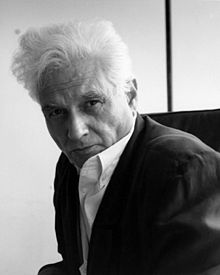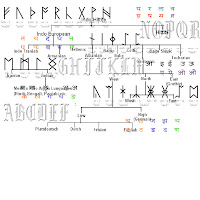Derrida’s Theory of Deconstruction: Plurality of Significance

French philosopher Jacques Derrida shows that text can be read as saying something quite different from what it appears to be saying, and that it may read as carrying a plurality of significance or as saying many different things which are fundamentally at variance with, contradictory to and subversive of what may be seen by criticism as a single, stable ‘meaning’. Thus, a text may ‘betray’ itself. A deconstructive criticism of a text revels that there is nothing except the text. In of Grammatology, Derrida makes the now well-known axial proposition that this is so (his key words are 'il n’y a rien hors due texte’, or alternatively, iln’y a pas de hors-texte’). That is, one can not evaluate criticism or construe a meaning for a text by reference to anything external to it. Thus, Jacques Derrida's theory of deconstruction is a method of textual analysis that seeks to reveal the hidden meanings and contradictions within a text. Derrida argues that all texts are unstable and o



